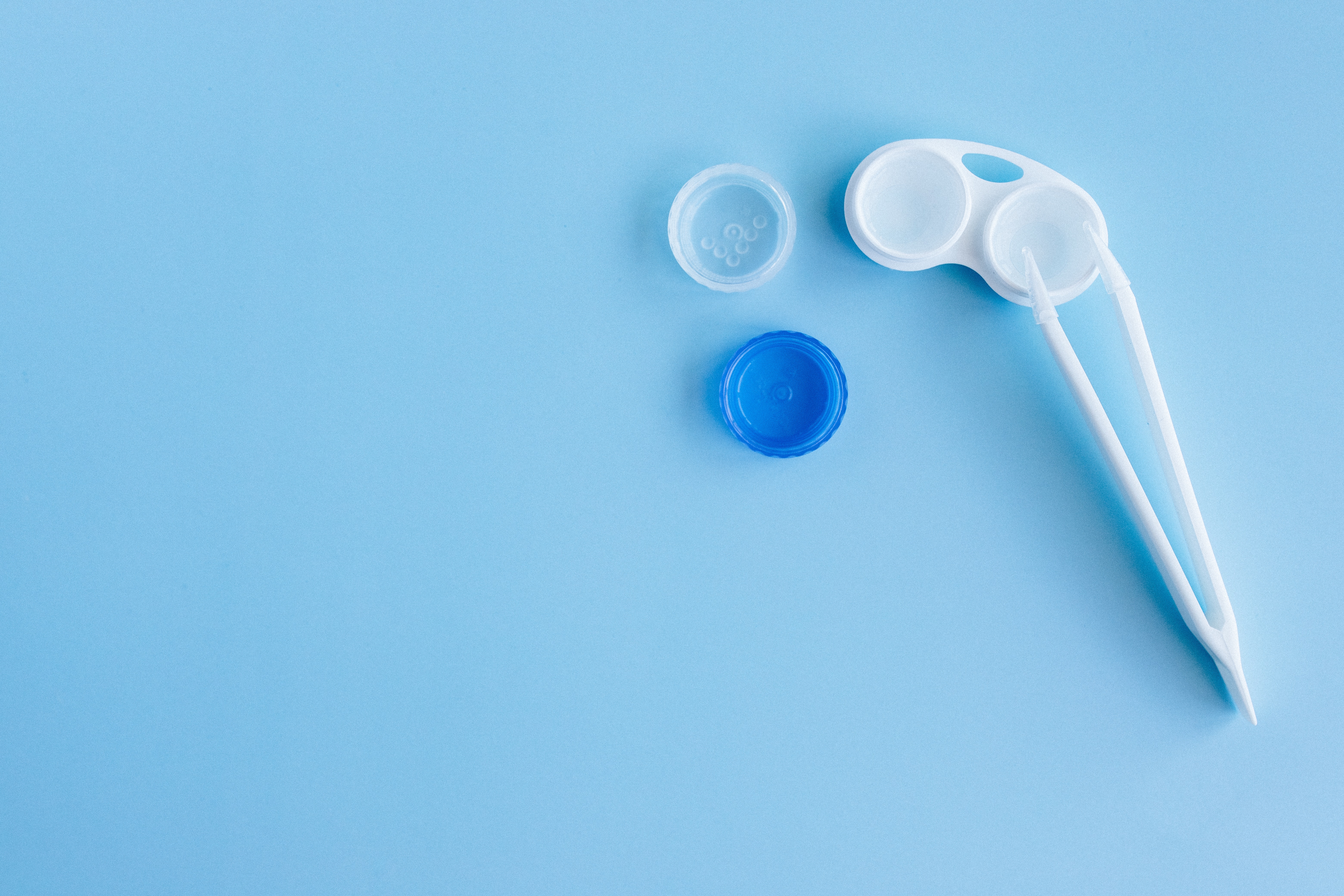How do Contact Lenses Work?

Most people know what contact lenses are, but few understand how they work. This article will explain the basics of contact lenses function and some available different types.
What are Contact Lenses?
Contact lenses are thin, curved pieces of plastic that sit on the surface of your eye. They correct vision by bending the light that enters your eye, which then helps the eye focus properly. Contact lenses are usually worn to correct nearsightedness, farsightedness, or astigmatism.
Alternatives to Contact Lenses
There are a few alternatives to contact lenses, including glasses and refractive surgery. Glasses are the most common type of vision correction, and they can be used for a variety of different vision problems. Refractive surgery is another option that can correct vision by permanently changing the shape of your eye.
Many people choose contact lenses due to their convenience and cosmetic appeal. However, it is essential to consult with an eye care professional to determine what the right option is for you.
Types of Contact Lenses
 There are two main types of contact lenses: soft and rigid gas permeable (RGP). Soft contact lenses are made of water-containing materials that allow oxygen to pass through them. RGP lenses are made of durable plastic that resists tearing and allow less oxygen to pass through them than soft lenses.
There are two main types of contact lenses: soft and rigid gas permeable (RGP). Soft contact lenses are made of water-containing materials that allow oxygen to pass through them. RGP lenses are made of durable plastic that resists tearing and allow less oxygen to pass through them than soft lenses.
Most people wear soft contact lenses because they are more comfortable than RGP lenses. However, RGP lenses are more durable and provide better vision for people with specific vision problems.
There are also several soft contact lenses, including daily wear, extended wear, disposable, and coloured lenses. Daily wear lenses can be worn for up to 12 hours per day and must be removed. Extended wear lenses can be worn for up to 30 days, and disposable lenses can be worn for one day and then thrown away. Coloured lenses are used to change the colour of your eyes.
Contact lenses are a safe and effective way to correct vision, but it is essential to follow the care instructions provided by your eye doctor. This will help you avoid infection and other complications.
Benefits of Contact Lenses
Contact lenses are desirable for many people because they are far more subtle than glasses and much more affordable in the short term than different types of surgery. Explore more of their benefits below:
-
Convenience During Activity
For glasses wearers, certain physical or manual activities can become difficult or even hazardous. Swimming, for example, can be tricky as glasses may fall off or become waterlogged and difficult to see through. Contact lenses provide a much more convenient option as they remain securely in place and do not impede your vision.
In some cases, glasses can actually put your eyes at risk. This is particularly true in contact sports, where there is a danger of the glasses being knocked off or broken. Contact lenses provide a much safer option as they are designed to stay in place no matter what.
-
Aesthetics
Another common reason people choose to wear contact lenses is the fact that they are less conspicuous than glasses. This is particularly important for children and young adults who may feel self-conscious about their appearance.
-
Improved Peripheral Vision
When you wear glasses, your eye movement is slightly restricted as your lenses need to remain in front of your pupils at all times. Contact lenses allow a more comprehensive range of movement, providing you with improved peripheral (side) vision.
How are Contact Lenses Made for your Eyes?
An optometrist or ophthalmologist will first assess your vision to determine what kind of contact lenses you need. They will also take measurements of your eyes to ensure that the lenses fit properly.
Once you have been fitted for contact lenses, you will be given a prescription that includes the base curve, diameter, and power of the lenses. The base curve is the curve of the contact lens that corresponds to the curve of your eye. The diameter is the width of the contact lens, and the power is the amount of correction needed for your vision. This information can then be used to manufacture your custom lenses.
Are there any Risks Associated with Contact Lenses?
Like anything else, there are some risks associated with wearing contact lenses. The most common complication is dry eye, which can occur when the lenses do not allow enough oxygen to reach the cornea. This can cause irritation, redness, and blurred vision.
Another potential complication is an eye infection. This can occur if the lenses are not cleaned correctly or if they are exposed to dirt or bacteria. Eye infections can cause pain, redness, and blurred vision and, in severe cases, may lead to blindness.
It is essential to follow the care instructions provided by your eye doctor to avoid these complications. This includes cleaning the lenses regularly, replacing them as often as recommended, and avoiding exposure to dirt or bacteria.
Independently Established Opticians across Devon
If you are considering contact lenses, it is essential to consult with an eye doctor to ensure you are getting the right lens for your needs and taking the necessary precautions to avoid infection or other complications.
At Bill’s Opticians, we have a team of experienced and qualified opticians who can help you find the right contact lenses for your eyes with clinics across Devon. As a family-run business, we pride ourselves on providing a personal service, and our team are on hand to answer any questions you may have about contact lenses or eye health. Book an appointment online or visit the website today for more info.